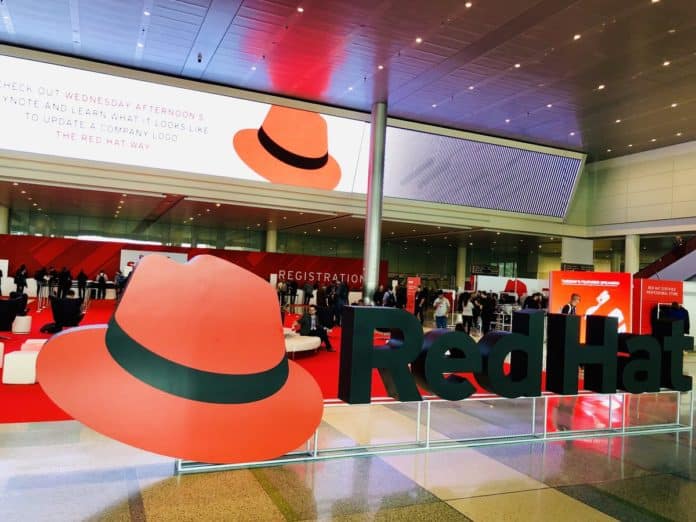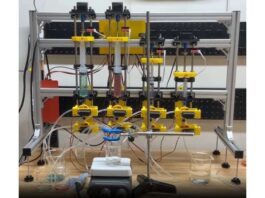From the datacenter to public clouds to the edge, Red Hat Enterprise Linux 9.1 and 8.7 extend greater flexibility, dependability, and stability as a foundation for hybrid cloud innovation.
The most recent version of the enterprise Linux platform, Red Hat Enterprise Linux 9.1, was unveiled by Red Hat, Inc., a developer of open source solutions. These minor updates, along with the recently unveiled Red Hat Enterprise Linux 8.7, add and improve features for a variety of enterprise IT requirements, from streamlining complicated infrastructure settings to enhancing the security posture of containerized apps.
Open innovation without compromising the security of IT infrastructure
Security of IT systems is a persistent worry for almost any organisation, regardless of the setting. These requirements are kept top-of-mind in Red Hat Enterprise Linux 9.1 and 8.7 thanks to operating system images that are pre-configured to satisfy organization-specific system security requirements. When extending Red Hat Enterprise Linux deployments with image builder, IT teams can specify an OpenSCAP security profile to deliver operating system images that satisfy IT security and compliance requirements right from installation. This is done by enabling security compliance profiles in image builder blueprint files.
Red Hat Enterprise Linux’s most recent releases expand multi-level security (MLS) functionality allowing organisations or other sensitive operations to more effectively document and control classification requirements. In order to effectively limit potential threat vectors, administrators can also leverage new attestation technology to confirm that their operating system is booting with certified, unmodified components.
To check Red Hat Enterprise Linux systems for the presence of known vulnerabilities or malicious code, Red Hat Insights now has a malware detection feature. Additionally, as a technical preview, Sigstore technology has been implemented into Red Hat Enterprise Linux’s native container tools. By enabling users to sign and validate code signatures using local keys, hybrid environment software security postures are improved.
Flexibility throughout the board, from clouds to edges
IT departments must be able to operate workloads wherever and however they are required by hybrid cloud methods, especially as business requirements change. Versions 9.1 and 8.7 of Red Hat Enterprise Linux make it simpler to manage innovation at hybrid cloud scale with features like: Red Hat Enterprise Linux offers the ability to develop across workloads and footprints.
- For Red Hat Enterprise Linux deployments throughout the hybrid cloud, updated Red Hat Enterprise Linux system roles have made it simpler to automate and standardise manual operations. In order to better manage the underlying hardware, new improvements include automation support via Ansible and Redfish as well as numerous quality of life adjustments for almost all other jobs.
- Red Hat Enterprise Linux 9.1 includes PHP 8.1, a substantial improvement to the PHP programming language, as a certified, validated, and supported Application Stream. With the newest tools and no risk to platform stability, enterprise developers can now deploy crucial applications.
Innovation in the hybrid cloud combined with improved dependability and stability
Enforcing the dependability and stability of enterprise IT environments is crucial for CIOs since these environments consist of a constantly changing range of services, hardware, and procedures. With Red Hat Enterprise Linux 9.1 and 8.7, the following new features are added to enable IT organisations achieve the stability and reliability necessary for hybrid cloud computing:
- Convert2RHEL and Leapp in-place upgrades provide support for Extended Update Support (EUS) releases, which makes it simpler for operations teams to plan for and eventually migrate in a repeatable, consistent, and standardised way to the most recent Red Hat Enterprise Linux versions, wherever in the hybrid cloud they may be.
- Red Hat Enterprise Linux’s web console offers containerized application performance diagnostics to help users identify hardware bottlenecks and identify which processes or apps are using the most resources, even when those processes are contained within containers.
- IT teams can generate operating system images that incorporate a container image retrieved from the related container registry thanks to support for embedding containers, including UBI, into image builder blueprints. This enables the use of containerized programmes or processes right once when the image has started.
Red Hat Insights, a predictive analytics service built on Red Hat’s extensive domain expertise in enterprise Linux, is still accessible with the most recent versions of Red Hat Enterprise Linux. Users of Red Hat Enterprise Linux 9.1 and 8.7 now have access to new insights features such as proactive suggestions for edge computing devices, automatic registration for public cloud instances, improved subscription tracking, and more.




